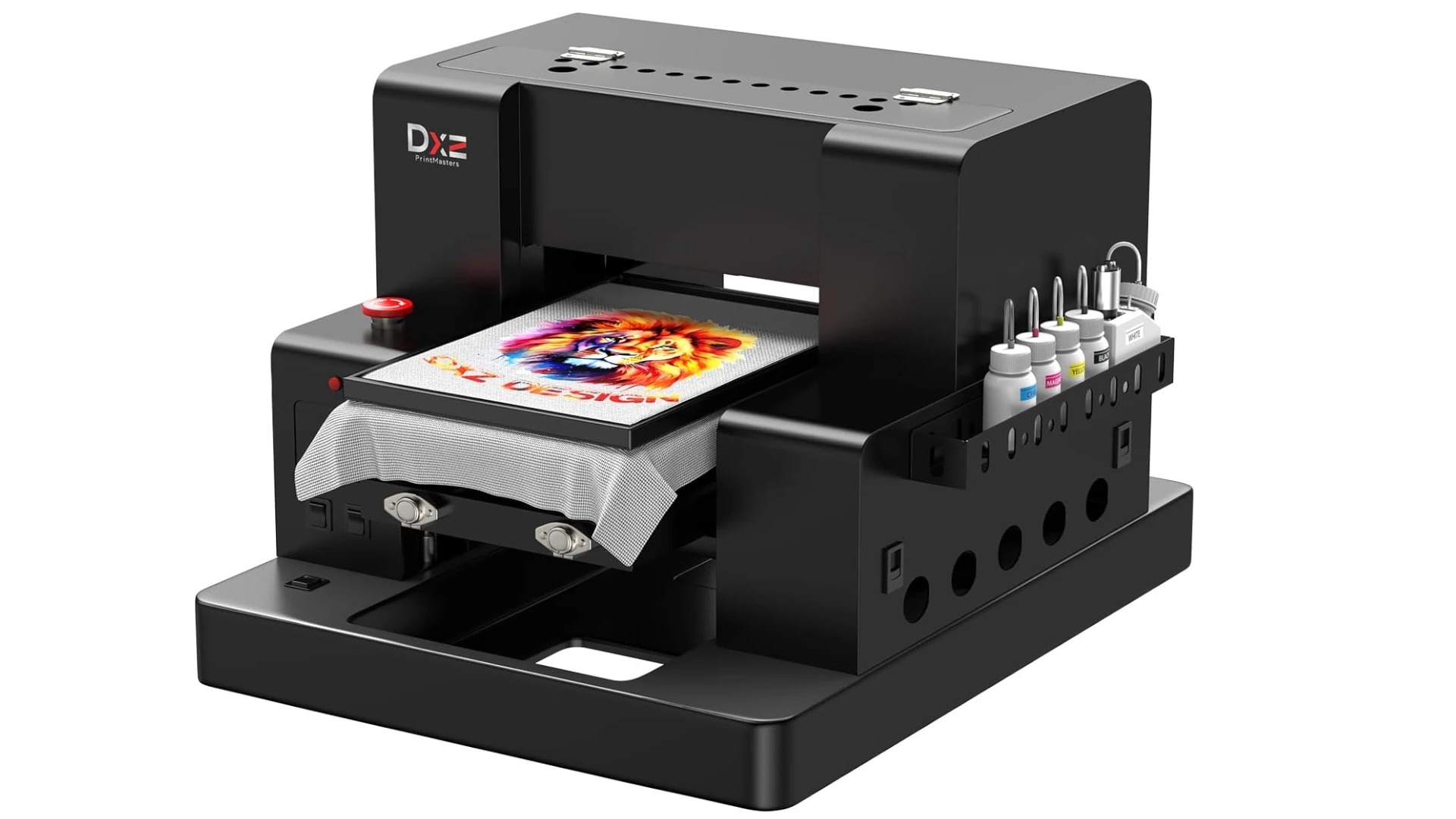The custom printing industry has undergone a rapid evolution over the past few years, with advancements in technology transforming the way designs are transferred onto fabric. One such breakthrough is the dtf printing, short for Direct-to-Film printer. Unlike traditional methods such as screen printing or direct-to-garment (DTG) printing, DTF printing offers a more versatile, cost-effective, and efficient approach to customizing apparel and other materials.
What is a DTF Printer?
A DTF printer is a type of printing machine that prints designs onto a special film, which is then transferred onto fabric using a heat press. The process involves printing the design in reverse on the film, applying a powdered adhesive to the printed area, and then heat pressing the film onto the desired material.
This method allows for vibrant, high-quality prints on a wide range of fabrics — including cotton, polyester, nylon, and blends — without the need for pretreatment or extensive setup.
How Does DTF Printing Work?
The DTF printing process involves several steps:
-
Design Creation: The design is created using graphic design software like Adobe Photoshop or CorelDRAW.
-
Film Printing: The design is printed onto a PET (Polyethylene Terephthalate) film using a DTF printer with special pigment inks, including white ink.
-
Powder Application: A hot melt adhesive powder is applied to the printed film while the ink is still wet.
-
Curing: The film is passed through a curing oven or heated using a heat gun to melt the powder and make it ready for transfer.
-
Heat Transfer: The film is placed on the garment, and a heat press is used to transfer the design from the film to the fabric.
-
Peeling: Once cooled, the film is peeled off, leaving the design firmly embedded on the garment.
Benefits of DTF Printing
-
Versatility: Works on a wide variety of fabrics and colors without special coatings.
-
Cost-Effective: Requires minimal setup compared to screen printing, making it ideal for small to medium production runs.
-
Durability: Produces long-lasting prints that are resistant to cracking and fading.
-
No Pretreatment Needed: Unlike DTG, DTF does not require the fabric to be pretreated before printing.
-
Detailed Prints: Capable of producing fine details, gradients, and vibrant colors with high accuracy.
Applications of DTF Printing
DTF printers are used widely in the fashion and textile industry for:
-
Custom T-shirts
-
Hoodies and sweatshirts
-
Caps and hats
-
Tote bags
-
Sportswear
-
Promotional merchandise
DTF vs DTG Printing
While both technologies offer digital printing solutions, there are key differences:
| Feature | DTF Printing | DTG Printing |
|---|---|---|
| Fabric Types | Works on most fabrics | Best on 100% cotton |
| Pretreatment | Not required | Required |
| Print Durability | High | Moderate |
| Equipment Cost | Lower | Higher |
| Setup Time | Fast | Moderate |
Choosing the Right DTF Printer
When investing in a DTF printer, consider factors such as:
-
Print size (A3 or A2 models)
-
Ink system compatibility
-
Ease of maintenance
-
Software support
-
After-sales service
Popular brands in the DTF market include Epson-based modified printers, STS Inks, and DTF PRO.
Conclusion
DTF printing represents a significant step forward in the world of textile customization. With its unmatched versatility, cost-efficiency, and high-quality results, DTF technology is becoming a go-to solution for entrepreneurs, designers, and print shops alike. As the demand for custom apparel grows, DTF printers offer a smart, scalable solution for delivering creative, durable, and visually stunning designs on virtually any fabric.
